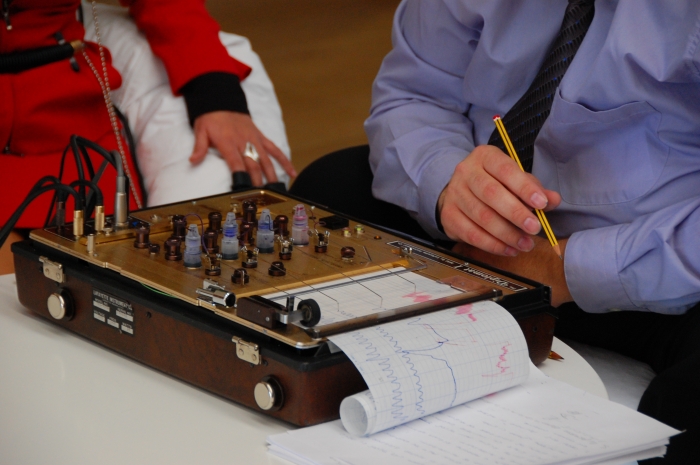Forletta: How a Polygraph Works.
A polygraph, commonly referred to as a “lie detector,” is a device that is used to determine whether someone is telling the truth when asked a series of questions. Polygraphs are typically used in criminal investigations and when performing background checks, especially in the case of potential government employees.
So, how exactly do these devices work?
When a person is taking a polygraph test, they will have between four and six sensors attached to them. These sensors are able to detect physiological activity, including breathing rate, pulse, blood pressure, and perspiration. Some polygraphs are also able to detect arm and leg movement.
When starting the test, the investigator usually asks a few simple questions to determine the subject’s baseline physiological activity. Then the real questions that prompted the use of the polygraph are asked. Throughout the test, these physiological activities are recorded on a moving paper, and the investigator will examine whether there were significant changes from the baseline.
Generally, significant changes, such as higher blood pressure, faster pulse and breathing rate, and increased perspiration, are an indication that the subject is lying. However, given the subjective nature of the test, it is not always a completely accurate method for determining lying. Furthermore, simply being in a situation where you are being interrogated can cause you to become nervous, which may lead to increases in your breathing rate, pulse, blood pressure, and perspiration. It is the expertise of the polygrapher who really determines the credibility of the person taking the examination.
Polygraph examination is one of the many services that Forletta Consulting and Investigation Services provides. Our Pittsburgh- and Cleveland-based private investigators are experts in their field with many years of experience under their belt. If you are in need of a polygraph examination or any other forensics or investigative services, contact us today.
Source:
How Stuff Works. How does a lie detector (polygraph) work?








Leave A Comment